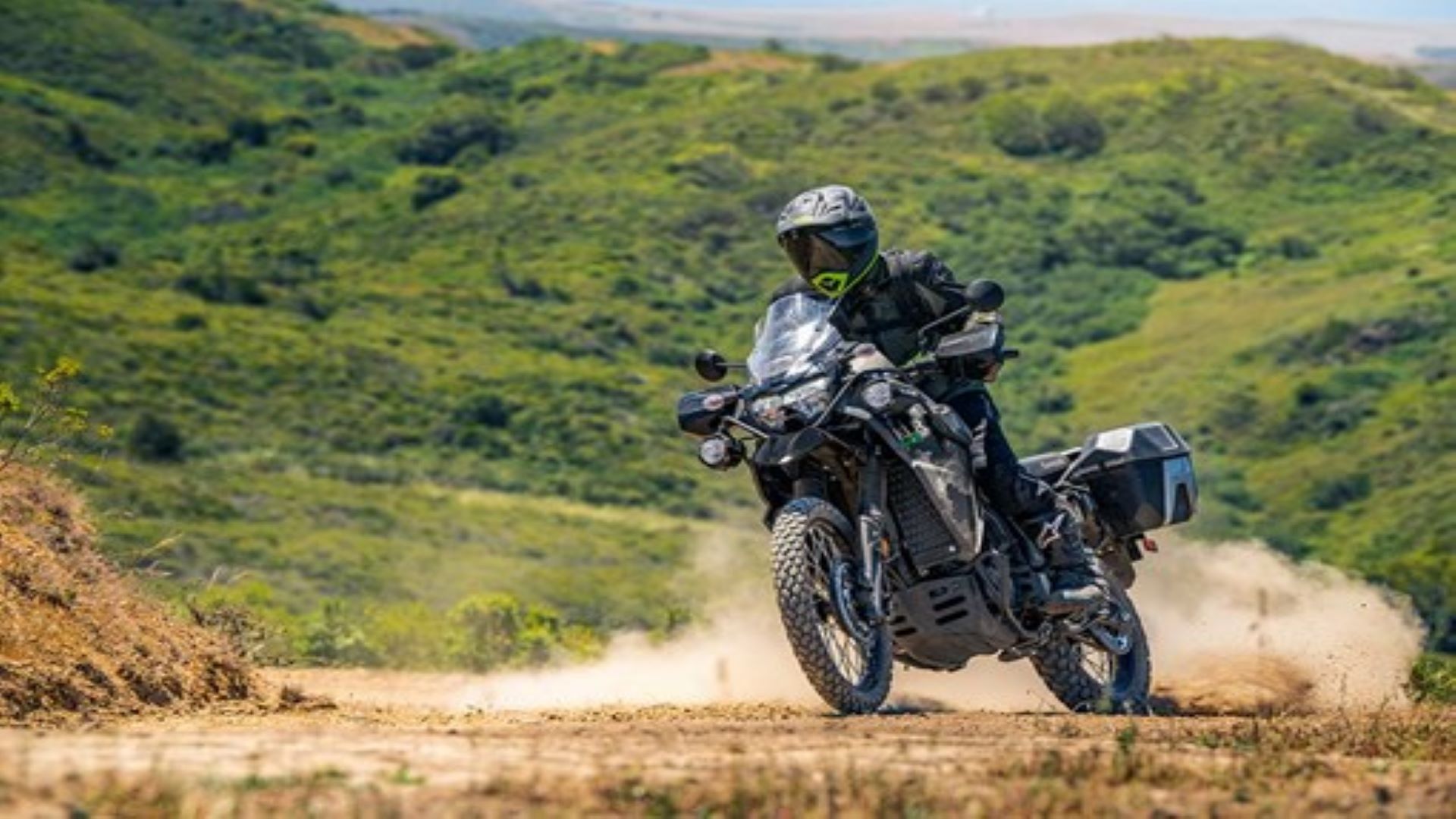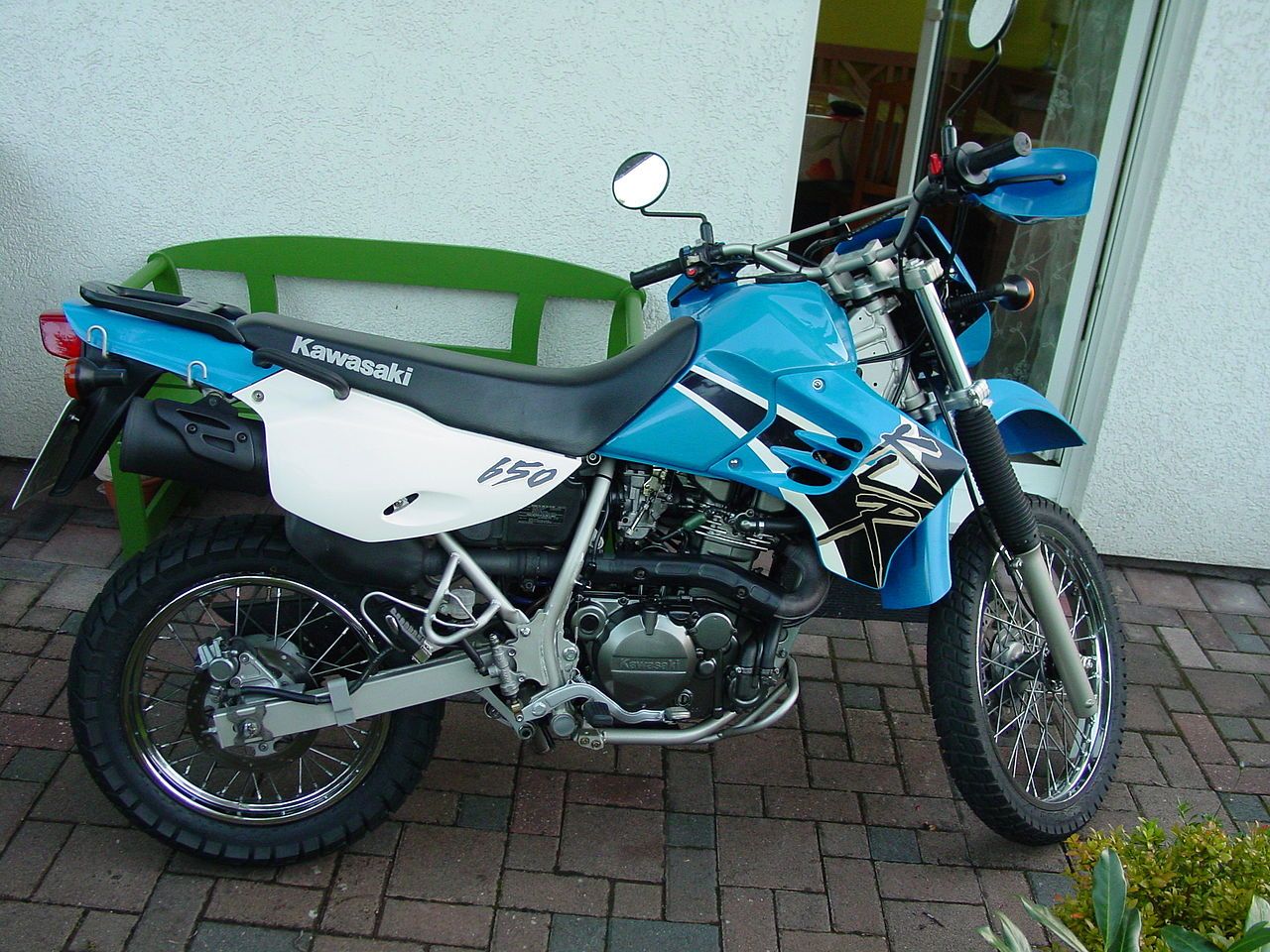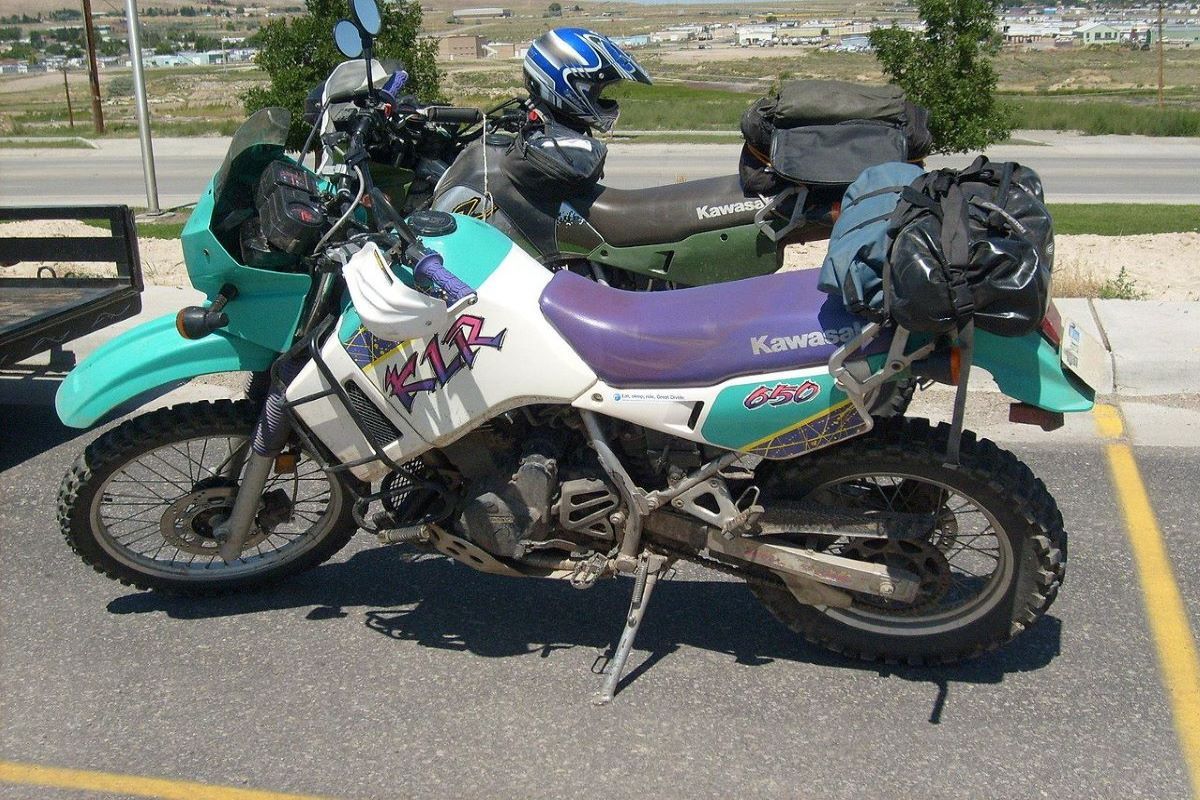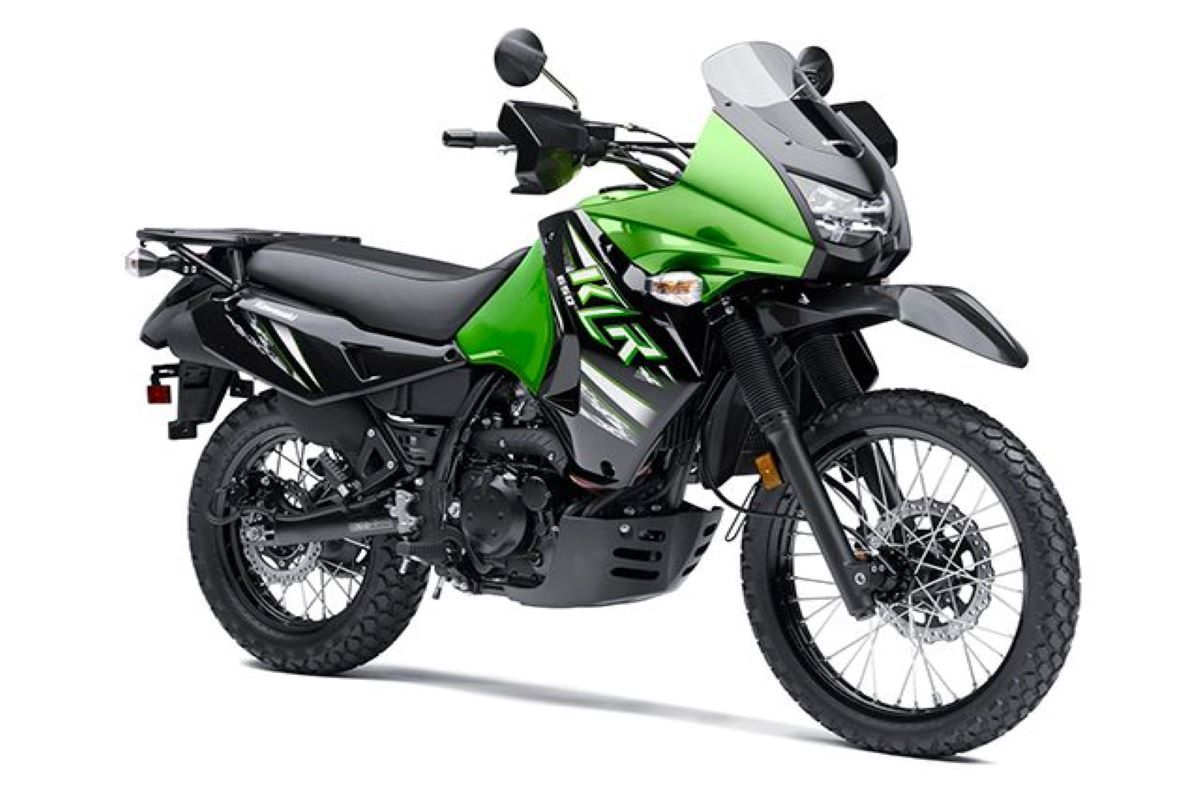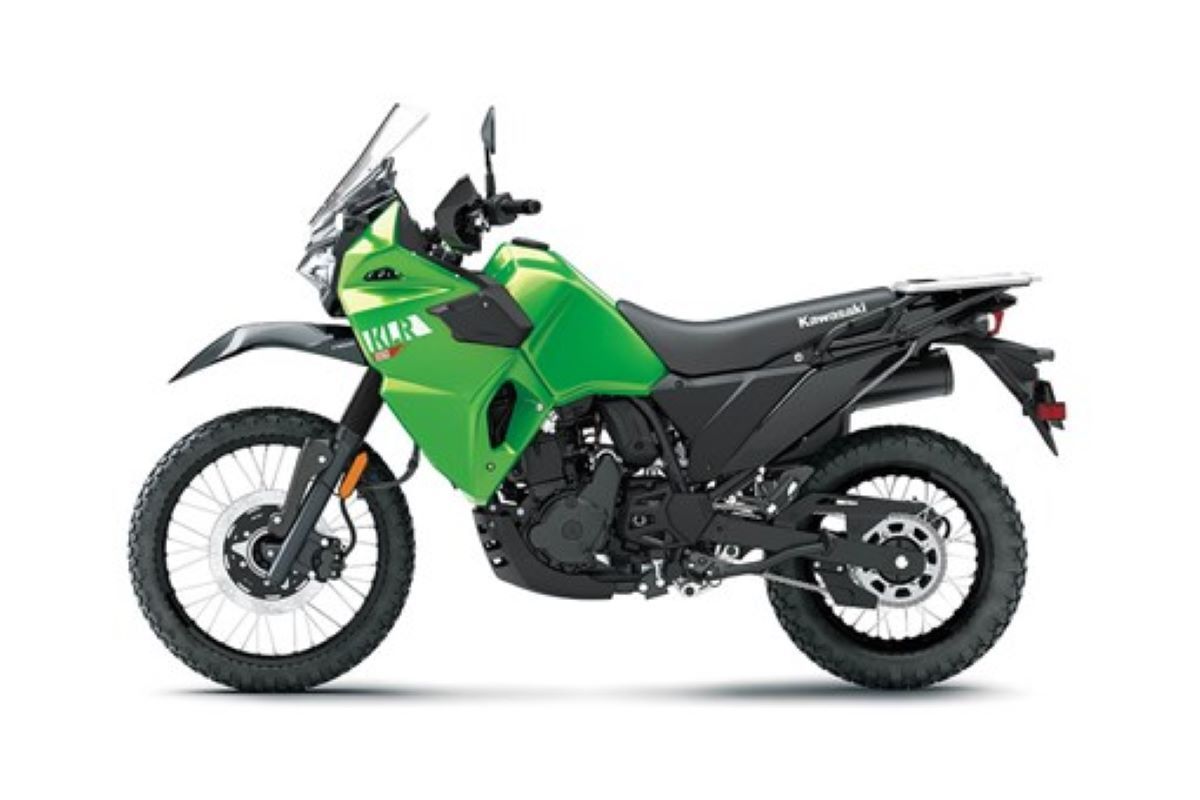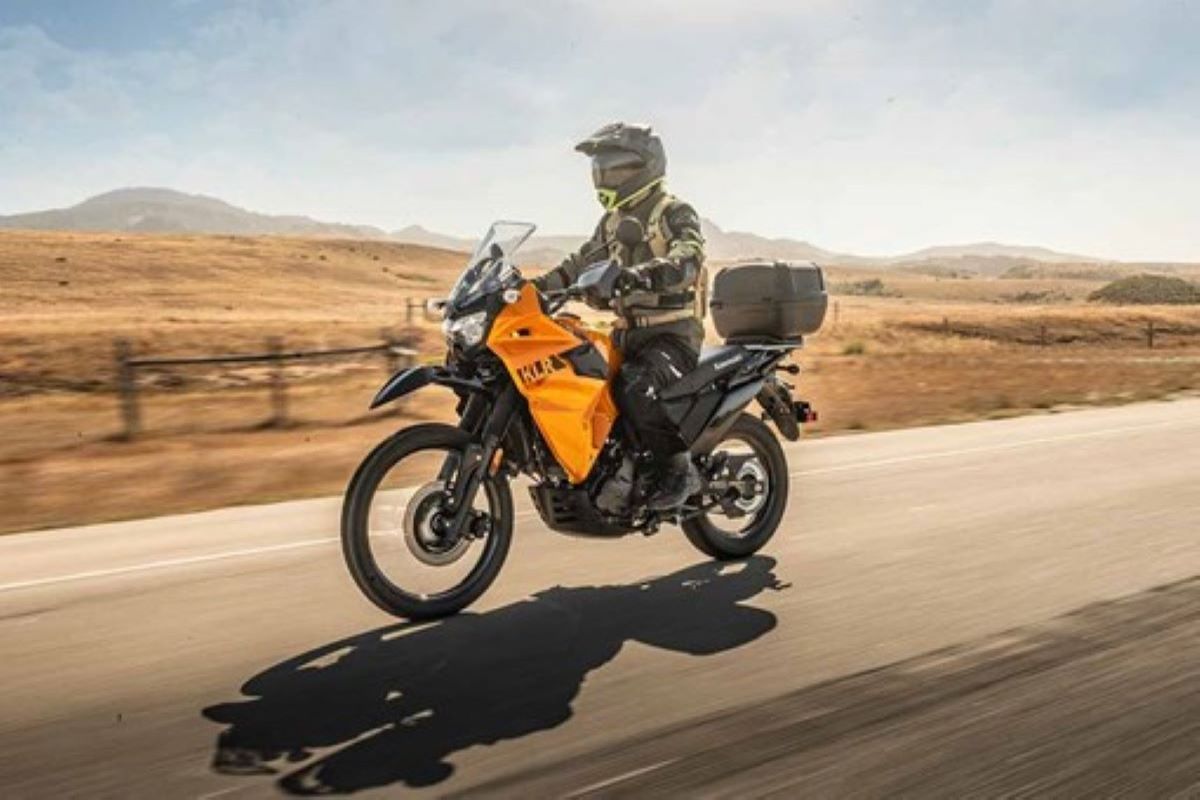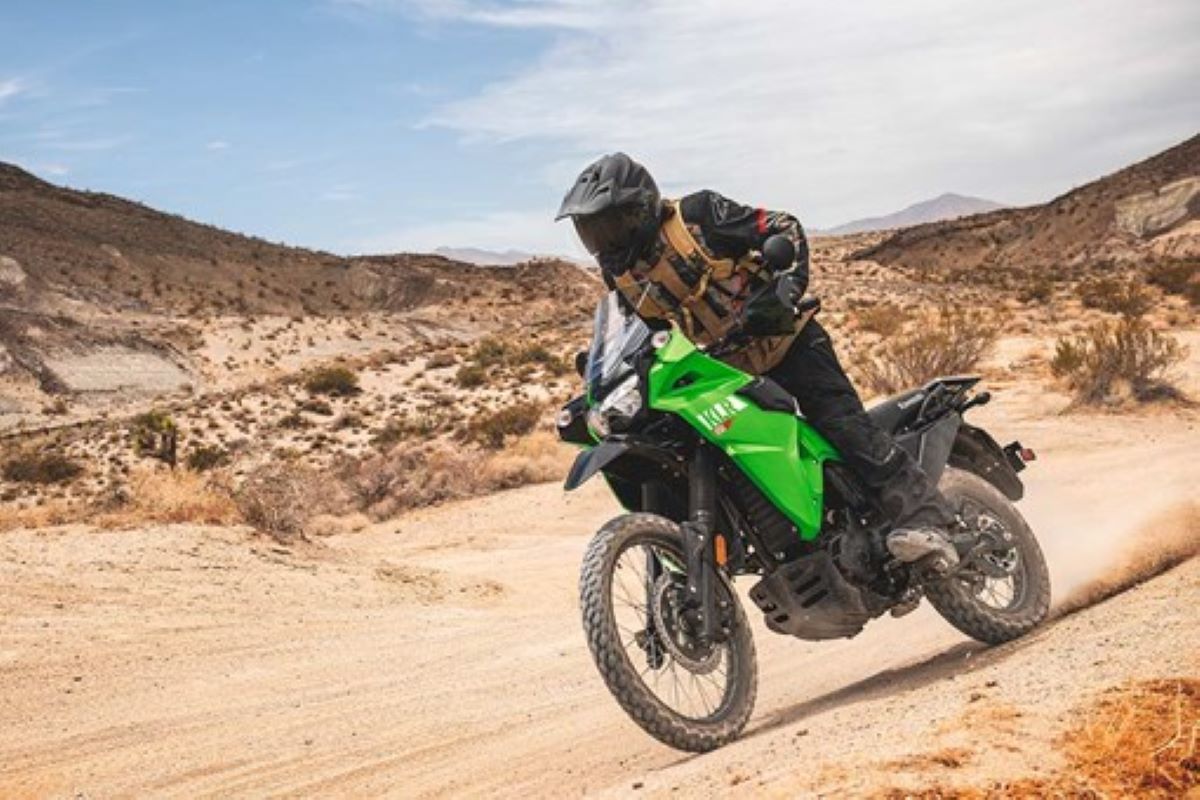Kawasaki entered the dual sport market with the 1984 KLR600 and kept it going for three years. In 1987, the company redesigned the model to the KLR650. Honda, Yamaha, and Suzuki all had air-cooled, kick-start 600cc dual sports at the time, but the KLR had a tremendous leap on them. The power on most brands was 38 to 45 horses, and the liquid-cooled KLR kept the power going all day long in slow traffic or hot days on dirt roads. Kawasaki recognized the popularity among customers purchasing the KLR for a variety of reasons. Some used them as great commuter bikes, while others took them on long trips. From dirt roads to trails, riders found it was the best on the highway. Throughout the years, Kawasaki did some minor upgrades, and changes in color and performance. Here is a look at what transpired in the KLR 650 models that make it a leader today.
Ups And Downs Of A Dual Sport
The dual sport market was a tough one for the manufacturers to get right. Sales were up one year, then down the next, and then in the early 90s, hardly anyone wanted them. Most dealers would only end up with one or two units on the floor and hope they would sell. Then came the mid-90s when suddenly, people wanted dual sports. Lack of models made for a waiting list and models selling at retail. Kawasaki was ready with a bulletproof design and colorful packages that suited the times. While the other manufacturers were changing their models to compete with the KLR, Kawasaki kept the same basic design from 1987 to 2007, which was the KLR650A. They did minor upgrades along the way, adding an extra clutch plate and a bigger basket for more durability and smoothness. The crank had received attention also to reduce vibration with the counter balancers. Electric start was always an outstanding feature and wasn’t changed. The 40mm CVK carburetor gave the large displacement engine what it needed but always lacked a little. Twin cams with shim over bucket style gave it smooth power without sudden jolts to cause an upset while riding. No longer constantly adjusting them with the old bolt and nut setup. The cam chain and cases were also changed for better support of the components. Minor changes help improve the KLR from an average to a better motorcycle.
Kawasaki Took 'Don't Fix If It Ain't Broke' Too Seriously
The 38mm forks soaked up low to mid-size bumps with their 9.1 inches of travel, but lack any effectiveness against hard hits same goes for the rear shock. Riding single was average with the adjustable rear shock, but with a pillion, it had its challenges at times. The large 6.1-gallon fuel tank could take on long rides in between fill-ups, and to this day the tank size has not changed. With a seat height of 35 inches and ground clearance of 9.4 inches, it was tall to clear most obstacles it would encounter. But, the tall seat had made it a challenge for some that have to lean the bike to one side to gain a foothold. From 1987 to 2007, Kawasaki did not change the design of the side panels, fuel tank, fenders, radiator shrouds, and front headlight housing. This, of course, saved them money by not changing out molds and kept the price of the KLR down. The company changed colors throughout the years to appeal to new customers. In 2008, a whole new version was coming.
The Bike Finally Changed After Twenty Years
The KLR650E was released for the 2008 line up and customers loved the change. The first part that got the attention was the plastics. All new fenders, panels, shrouds, and new dual headlights instead of the big square one. The small disc brakes were upgraded from 260mm to 280mm and the rear was larger by 10mm to a 240mm disc. New calipers were added for better-stopping power. The new D-section swing arm allowed the rear shock to absorb hits better and comfort for two-up riding. All new 41mm forks provided better control from light bumps to hard hits. The seat height remained the same and ground clearance was lowered to 8.3 inches. As for the engine, it remained the same but with a better cooling system and the same 40mm CVK carburetor.
Here's How The KLR650 Stacks Up Currently
In 2018, the word was that the KLR650 was going to be dropped in 2019. And it was until 2022 that another all-new version came out. This time, Kawasaki offers three different versions. The base model S, Traveler, and Adventurer. All models with or without ABS. No matter which model you choose, they all have the upgraded 300mm front disc and the rear and frame remained the same. All new plastics and tank design gave it a more modern appeal along with a larger fairing style front that houses round dual headlights and an instrument cluster that is fully digital. Green, orange and tan colors are options for 2022. A two-position windshield is more customization for a rider and the ever-present hand guards. The biggest news is that Kawasaki dropped the vacuum-operated carb for a 40mm DFI, Digital Fuel injection, finally bringing it into the next century. With just a push of the start button, the engine comes alive with a nice purr and the throttle response is an instant that complements the 652cc engine.
The Traveller comes with the same frame, plastics, and engine as the 2023 base model. For about $300 more, you get a limited color option for the front fairing, what Kawasaki calls Pearl Solar Yellow, while the side panels are black like all other models. The yellow grabs your attention against any other bike in the lot. The traveler comes with a rear rack and top case, as they call it. It can fit a helmet inside for when parked on a day’s ride of necessities. The case is removable if not needed and can also be upgraded with hard side cases that can be locked to the bike.
The Adventurer can be bought for $1,000 more than the base model price of $6,899. It comes with the same two-position windscreen and digital cluster and fairing, but in a Cypher Camo Black. Think of an urban commando matte camouflage. The back cases and side panels are black. The biggest notice is the extra wide fog lamp bar and a push of a separate button on the dash lights up the darkest of off-roads.
The KLR Experience
With smaller and larger displacement dual sports in today’s market, the KLR650 holds its own as a favorite among enthusiasts yearning for that on- off-road experience. Now with modern components, smooth power with a mid-range that pulls great, riding comfort, and different versions. The KLR650 will probably stay in the top sales of the dual sport market for another 10 years at least.

